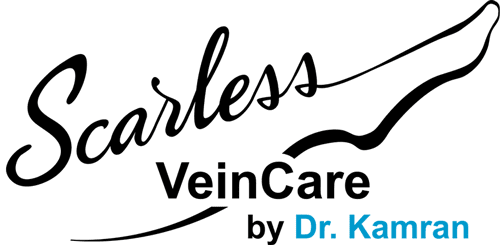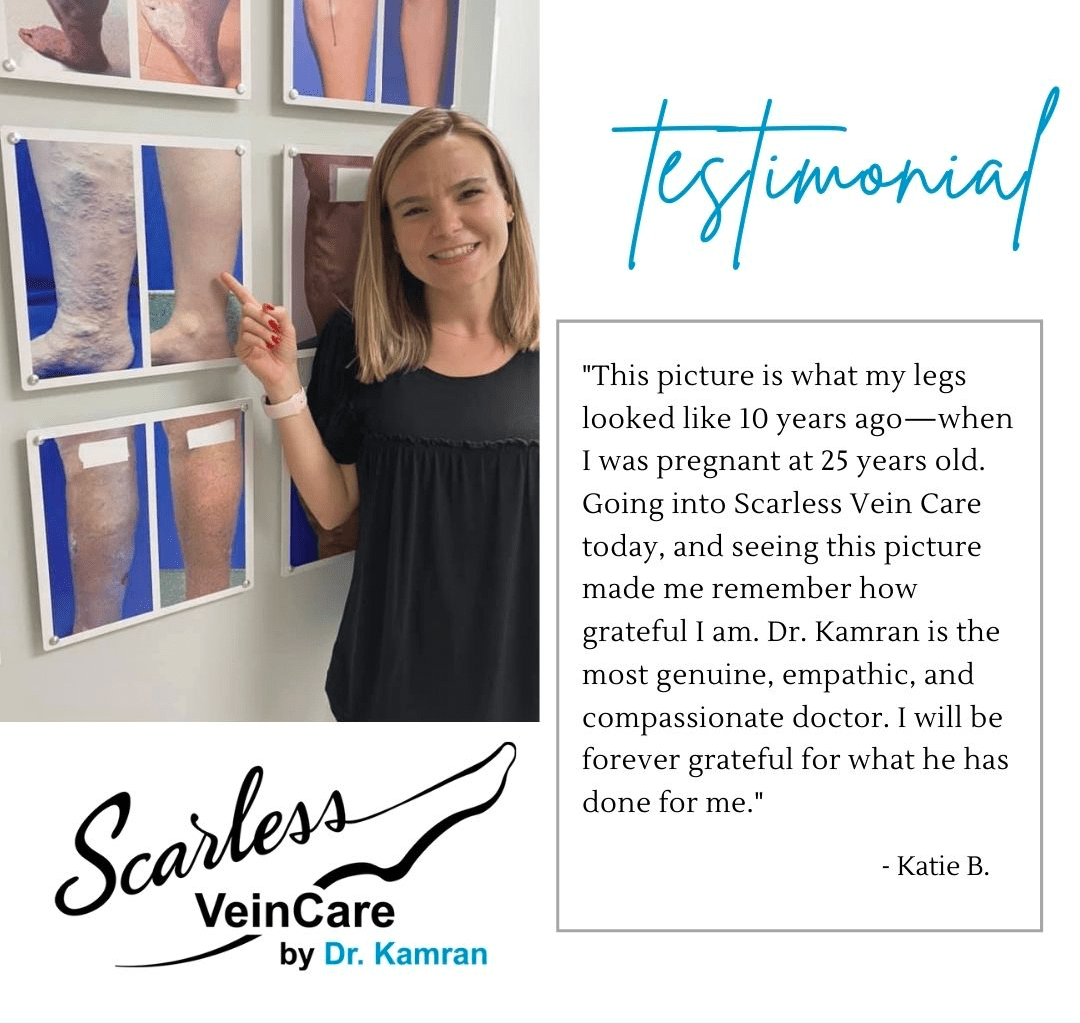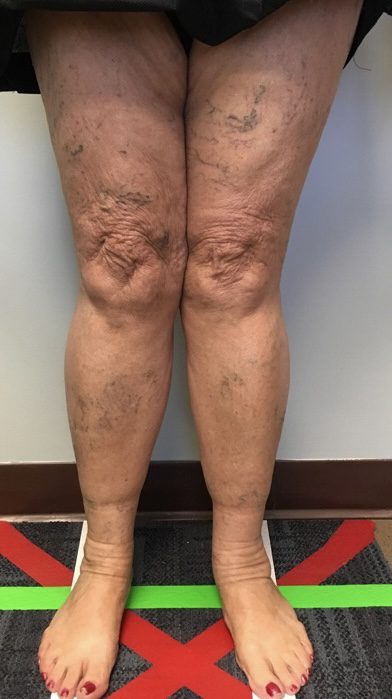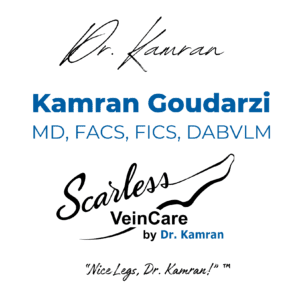Recognize Vein Disease Early
Wilmington, NC area's 'Best Vein Doctor' - Scarless Vein Care by Dr. Kamran - "Nice Legs, Dr. Kamran!"™

Vein disease, also known as venous insufficiency, affects millions of people worldwide and can significantly impact your quality of life. This condition occurs when the veins in the legs are unable to effectively return blood to the heart, leading to blood pooling in the lower extremities. Understanding the signs and symptoms of vein disease is crucial for early detection and effective treatment. At Scarless Vein Care, Dr. Kamran and his dedicated team are committed to providing comprehensive vein care with a personalized touch. This page will guide you through the key signs and symptoms of vein disease, helping you recognize when to seek professional care.
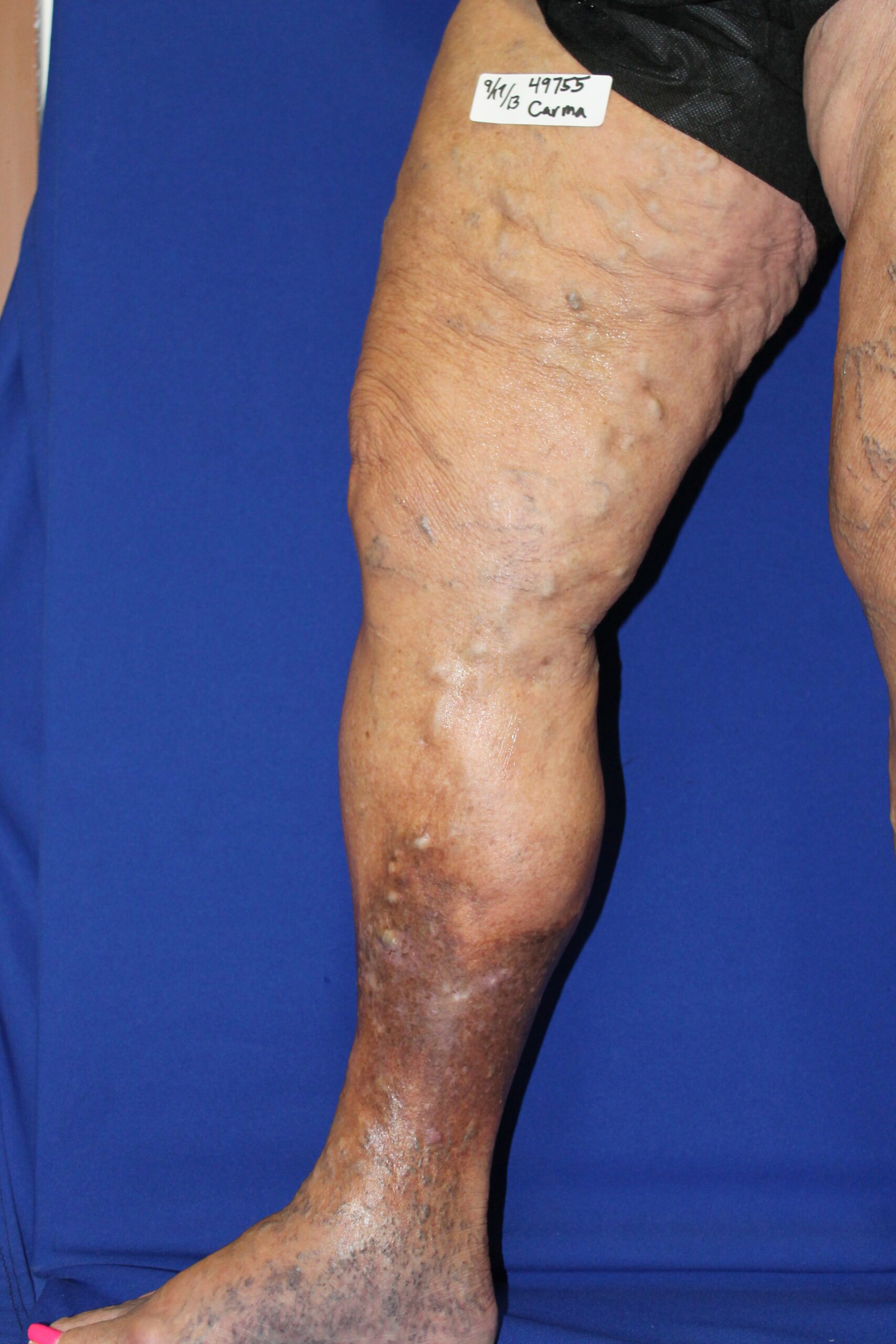

Leg
Skin Discoloration
Darkening or discoloration of the skin around the affected veins is a common symptom of vein disease. This can include red, brown, or purple patches and is often accompanied by other symptoms like swelling and itching.
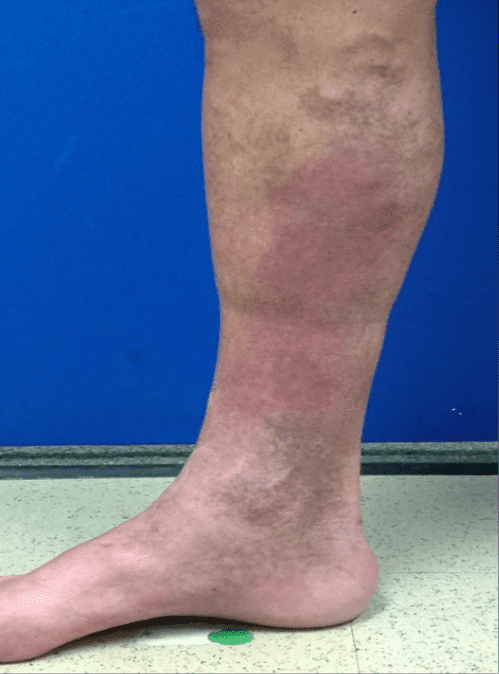
Leg
Heaviness & Tiredness
A persistent feeling of heaviness, fatigue, or aching in the legs that is not necessarily linked to physical exertion can be a sign of vein disease. This sensation can interfere with daily activities and may be indicative of underlying health issues related to the veins.
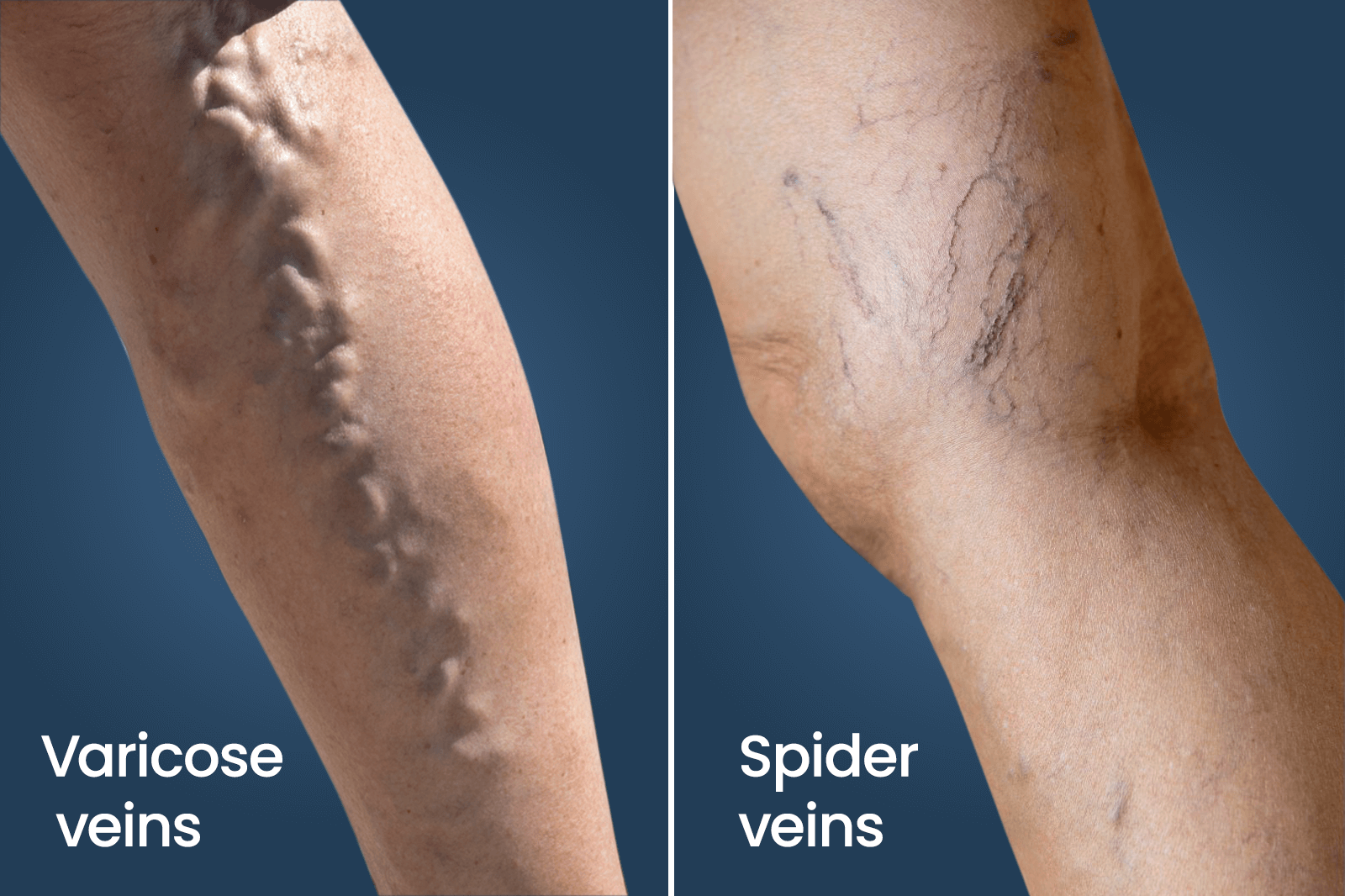
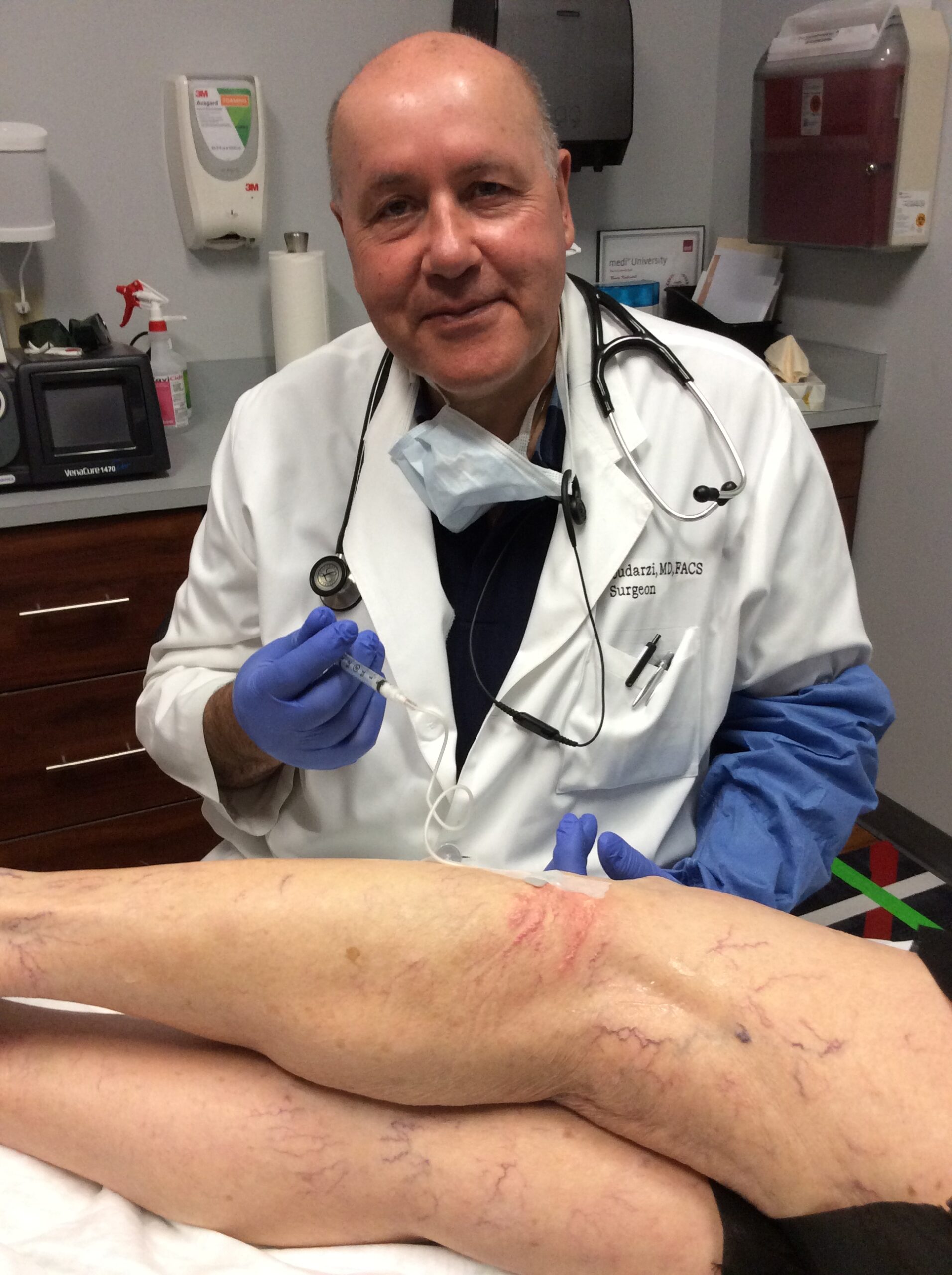
Leg
Varicose or Spider Veins
Enlarged, twisted veins (varicose veins) and small, thin veins visible close to the surface of the skin (spider veins) are common signs of vein disease. While spider veins are usually harmless and primarily a cosmetic concern, varicose veins can cause significant discomfort and other symptoms.
FAQ's
Venous insufficiency and vein disease can be caused by a variety of factors, including:
- Age: The walls of veins become less elastic with age, increasing the likelihood of damage.
- Gender: Hormonal changes during pregnancy and menopause make women more susceptible.
- Family History: A family history of vein disease increases your risk.
- Obesity: Excess weight puts additional pressure on veins.
- Prolonged Standing or Sitting: Occupations that require long periods of standing or sitting can lead to vein problems.
